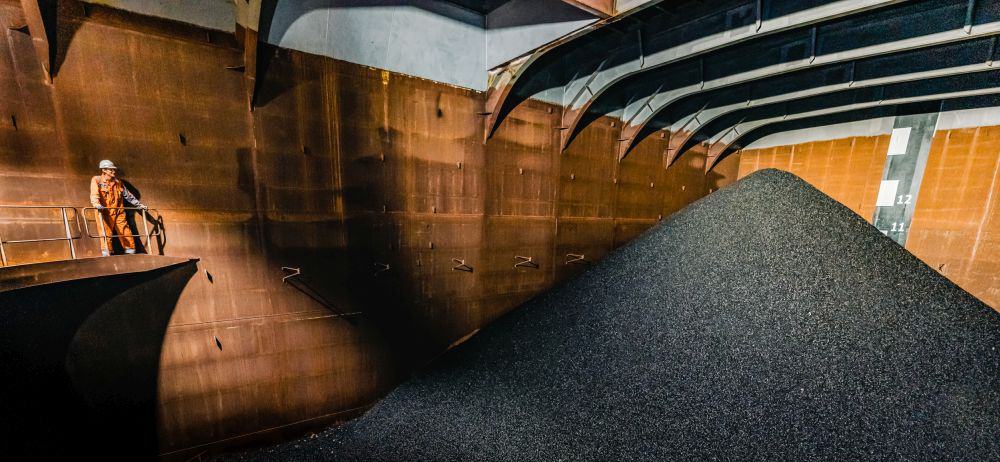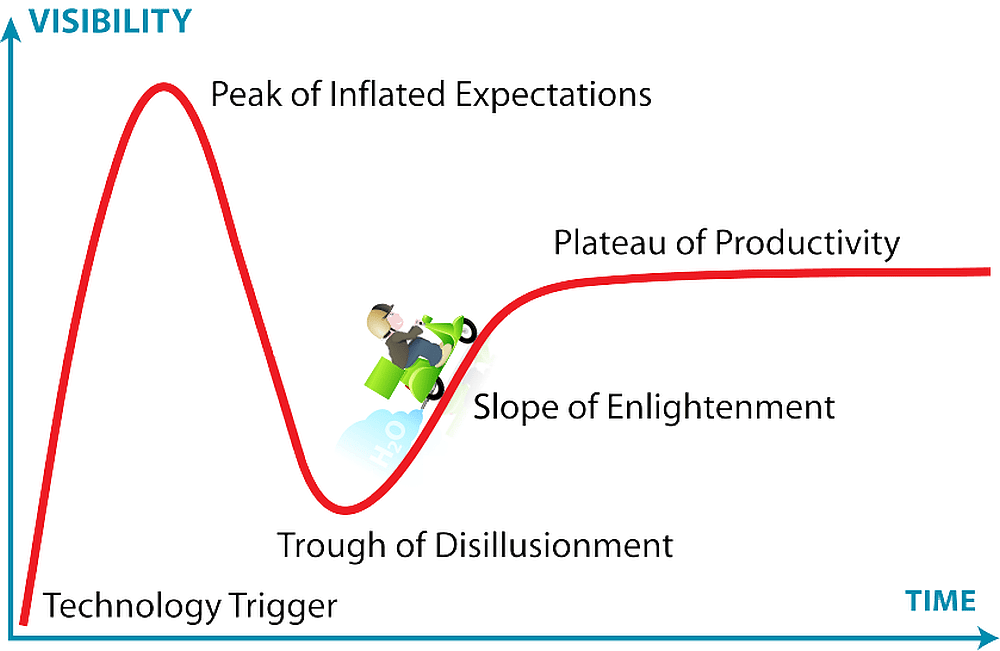
[Image above] An engineer inspects the more than 3,000 tonnes of polymetallic nodules that were extracted in fall 2022 during the first-ever deep-sea mining trial. Credit: The Metals Company
In the search for critical materials, some miners are turning their sights to the ocean depths by pushing for approval of deep-sea mining.
Deep-sea mining is the process of removing minerals from the ocean floor. The term is generally applied to the extraction of three distinct types of ore deposits found in the deep sea:
- Seafloor massive sulfides (hydrothermal vents)
- Ferromanganese (polymetallic) nodules
- Cobalt crusts
Of these three, most deep-sea mining research and exploration focuses on the first two.
Interest in the topic has grown dramatically in the past two decades. However, almost all programs to date have taken place just offshore or in waters designated as a country’s national territory rather than the deep sea. That is because mining in international waters—waters that transcend national boundaries—is tightly regulated by the International Seabed Authority (ISA).

Credit: SEA-EU European University of the Seas, YouTube
The ISA is an autonomous international organization established by the United Nations to govern resources of the deep seabed. Traditionally, the ISA has granted companies “exploratory” permits to identify the mining potential of various regions in international waters. But the organization has held back from issuing extraction permits due to the lack of a mining code to regulate the practice.
The move toward mineral exploitation has picked up in recent years, however, despite there still being many unknowns surrounding the environmental effects of this practice.
The ISA mining code and upcoming “two-year rule” deadline
Originally, the ISA expected to finalize exploitation regulations in 2020, but the COVID-19 pandemic delayed the process. In response to this slowdown, in June 2021, the island country of Nauru triggered a “two-year rule” that would obligate the ISA to allow mining to start within 24 months, no matter what regulations are in place.
Nauru is the UN member sponsor of Nauru Ocean Resources Inc. (NORI), a subsidiary of Canadian mining startup The Metals Company. Before triggering the rule, Nauru president Lionel Aingimea revealed during a presentation to the UN in 2020 that he believed deep-sea mining should be a tool to help the country’s economy recover from the impacts of the pandemic.
According to the two-year rule, the deadline for completing development of the exploitation regulations will expire on July 9, 2023. And even though the mining code is still in a state of flux—see this summary of ISA’s March 2023 meeting—ISA already allowed NORI to conduct the first-ever deep-sea extraction trial, which took place last fall in the Clarion-Clipperton Zone of the Pacific Ocean.
The Clarion-Clipperton Zone spans 4.5 million square kilometers (1.7 million square miles) between Hawaii and Mexico. The highest known abundance of polymetallic nodules has been observed in this area. However, the area is also rich in marine life, with one recent open-access study revealing an estimated 88–92% of all species in this region are new to science (more than 5,000 unnamed species).
Radioactive nodule study highlights yet another concern of deep-sea mining
As noted earlier, there are many unknowns surrounding the effects that deep-sea mining will have on the ocean ecosystem. Many studies, such as this one, focus on how marine life will be affected. But a new open-access study demonstrates that such mineral extraction may negatively affect life above the water as well.
Researchers from the Alfred Wegener Institute’s Helmholtz Center for Polar and Marine Research in Germany conducted the new study. They studied polymetallic nodules extracted from the Clarion-Clipperton Zone, i.e., the region where NORI conducted its deep-sea extraction trial.
Lead author Jessica Volz explains in a Cosmos article that it is known from previous studies that polymetallic nodules pick up natural radioactive substances, such as thorium-230 and radium-226, from seawater over long periods of time.
These substances predominantly emit alpha radiation during decay. Yet this radiation has “never been considered in the context of radiation protection legislation,” Volz explains.
In the new study, the researchers validated the high levels of radiation given off by these nodules, which can be up to 1,000 times greater than current safety limits.
“As such, handling manganese nodules without protective gear can pose a health risk. It is not just through inhaling the dust produced during processing, but also the high radon concentrations that can build up when they are stored in poorly ventilated spaces,” says co-author Walter Geibert in the Cosmos article.
Once the necessary measures to avoid/reduce health risks from radiation are implemented, “costs for deep-sea mining are expected to rise, questioning its viability,” the researchers conclude in the paper.
The open-access paper, published in Scientific Reports, is “Alpha radiation from polymetallic nodules and potential health risks from deep-sea mining” (DOI: 10.1038/s41598-023-33971-w).
Author
Lisa McDonald
CTT Categories
- Environment
- Market Insights


